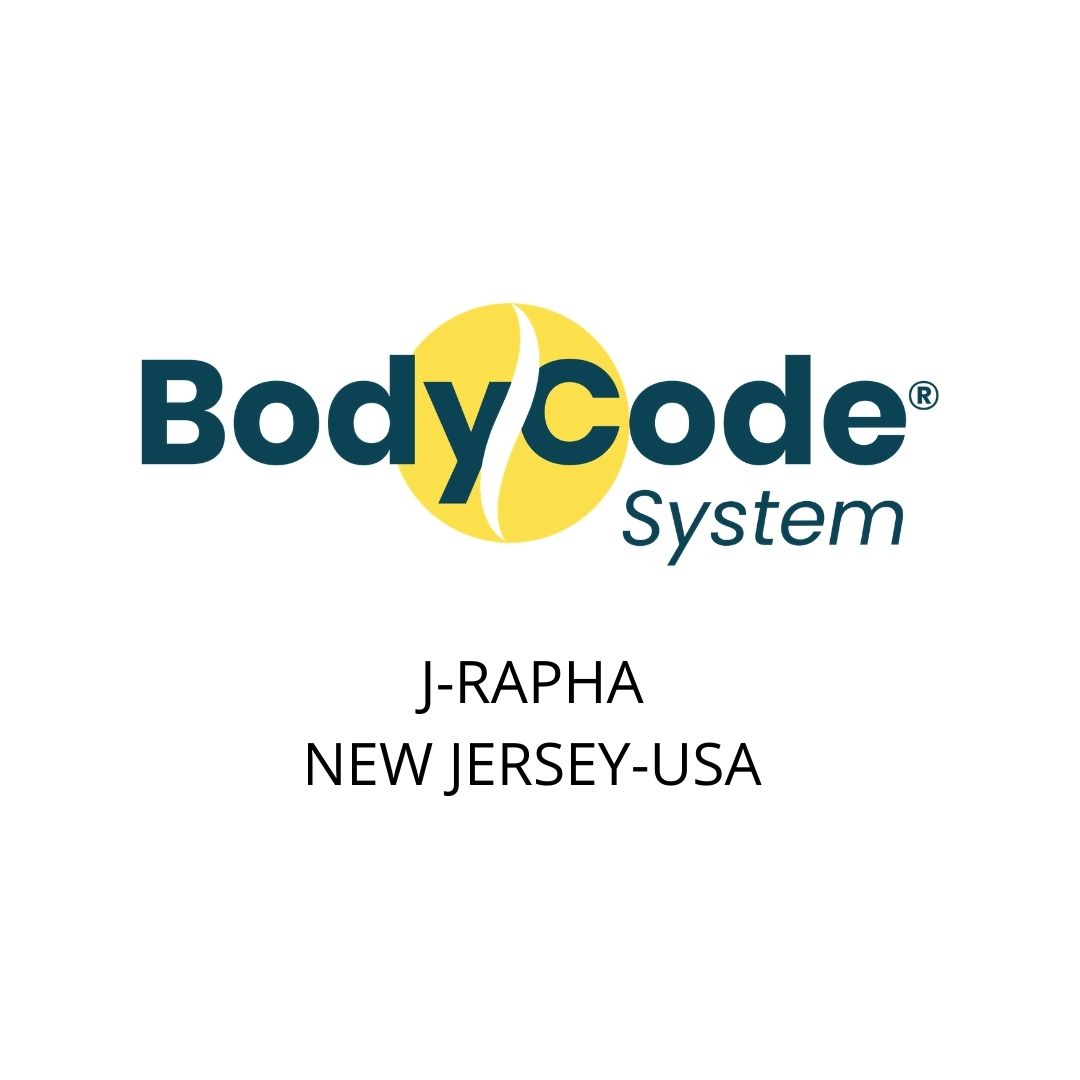The Integration Advantage: Connecting Upper and Lower Body for Fluid Movement
- BodyCode USA

- Apr 2
- 3 min read
Discover the Missing Link in Movement Training
Have you ever wondered why some dancers seem to move with extraordinary fluidity while others—despite technical proficiency—appear disconnected? At J-Rapha Studio, we've found that the secret lies not in individual body parts but in the integration between them, specifically how the upper and lower body communicate through the fascia system.
The Disconnection Dilemma
Traditional training often separates the body into sections: arms class, leg exercises, core work. This compartmentalized approach can create artificial boundaries in movement, leading to:
Port de bras that feels disconnected from leg work
Upper body tension during demanding footwork
Incomplete weight transfers that compromise balance
Partnering challenges due to disconnected core pathways
Inconsistent turning mechanics despite technical knowledge
The Science of Whole-Body Connection
Recent research in fascia science reveals what the BodyCode System® has incorporated for decades: your body functions as an interconnected web rather than isolated parts. This fascial network, sometimes called the "biotensegrity system," transmits force and information throughout your entire structure.
When upper and lower body integration is optimized, movement becomes not only more beautiful but also more efficient and less prone to injury.
The BodyCode System's Integrated Approach
At J-Rapha Studio, our specialized methodology addresses this connection through:
1. Spiral Movement Patterning
Unlike linear exercises that reinforce segmentation, our Elvis the BodyKey® program incorporates spiral movements that naturally connect the upper and lower body. These patterns reflect how we're designed to move in nature, creating fluid pathways of force transmission.
2. Fascia Conditioning
Through our PDAR (Postural Dynamic Auto Reeducation) work, we systematically improve the health and responsiveness of your fascia system, enhancing communication between body segments. This creates what dancers describe as a "whole-body awareness" that transforms movement quality.
3. Core Integration Training
Rather than focusing on surface abdominals, our approach targets the deep core system—including the transverse abdominis, multifidus, and diaphragm—which serves as the bridge between upper and lower body.
Real-World Results
Ilse Kapteyn, Bolshoi Ballet Academy graduate and professional dancer with New Jersey Ballet, shares: "Working with the BodyCode System completely transformed my understanding of connection. My pirouettes improved dramatically once I discovered how arm positioning actually initiates through core connection rather than being a separate component."
Signs of Integration Issues You Might Recognize
You may benefit from integration training if you experience:
Feeling "disconnected" during certain movements despite technical knowledge
Struggling with consistent balance in adagio work
Upper body tension during jumps or quick footwork
Difficulty maintaining turnout while focusing on upper body
Partnering challenges despite individual strength
Beyond Traditional Integration Exercises
While many training systems acknowledge the importance of connection, the BodyCode System goes further by providing specific tools and techniques that actually create this integration:
The Sculptor®: Our portable resistance training system specifically targets the connection points between upper and lower body
Master Stretch®: Develops synchronized flexibility patterns that preserve natural movement connections
GYROTONIC® Training: Enhances spinal articulation that serves as the communication highway between body segments
Experience the Integration Difference
The difference between technical competence and true artistry often lies in this elusive quality of integration. By addressing the connective pathways between upper and lower body, dancers discover a new dimension of movement quality that transforms their performance.
At J-Rapha Studio, we specialize in helping you discover these connections through personalized assessment and targeted training. Our approach doesn't just add another exercise to your routine—it fundamentally changes how you understand and experience movement.
Ready to discover a new level of movement integration? Contact us today to schedule your assessment and begin your journey toward truly connected movement.




Comments